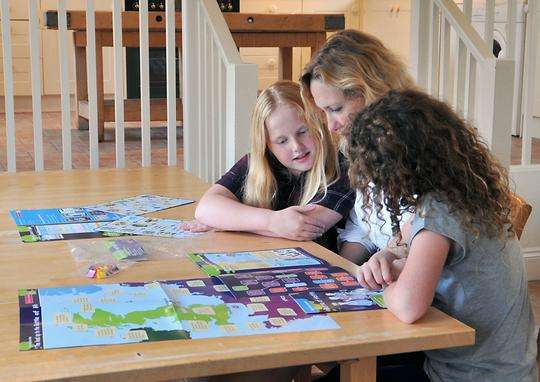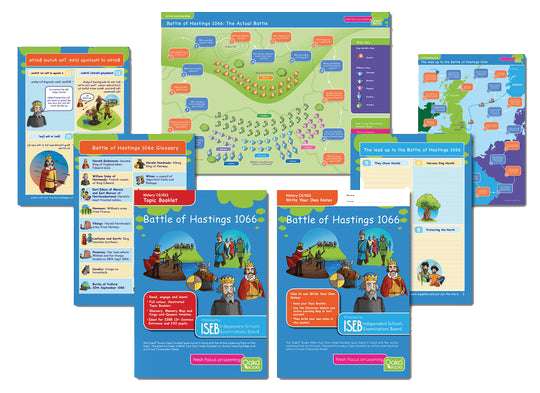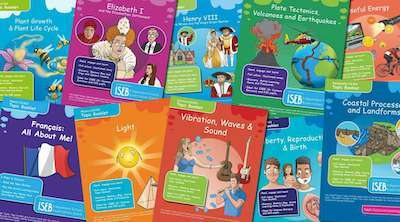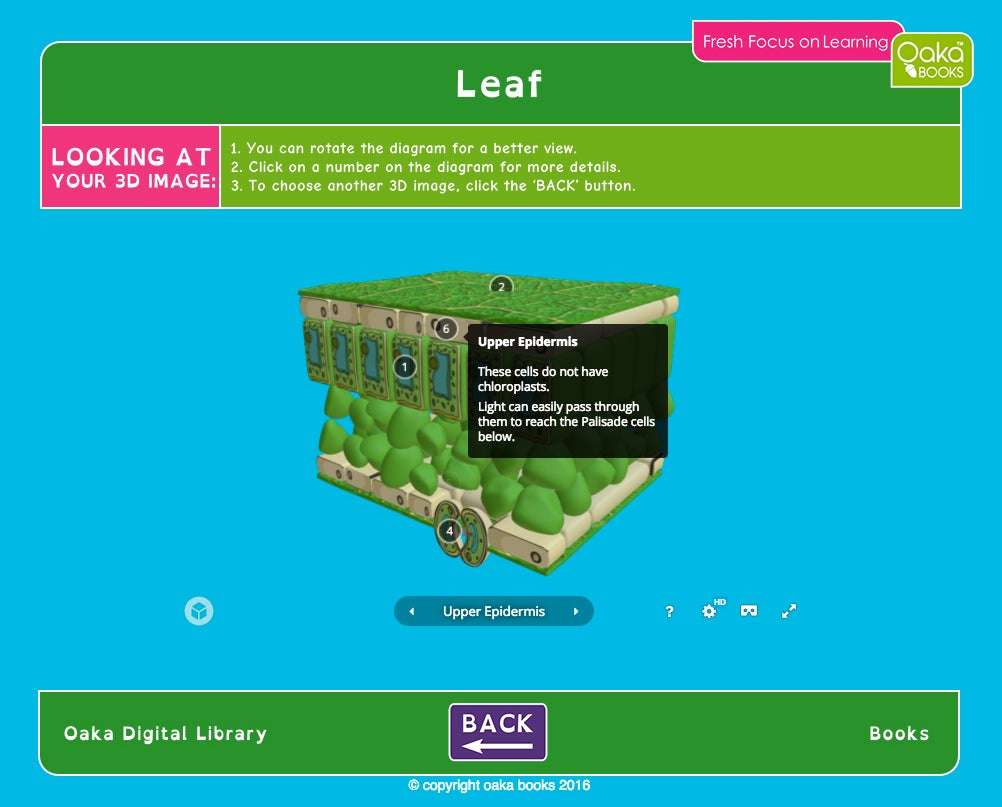With exam season looming, it is time to help your child plan their revision schedule, and it is important to consider your child’s natural learning style when you do this so that you can use revision techniques that work best for them. While all children will benefit from the general tips contained in our free Guide to Exam day, there are also specific techniques that you can use depending on your child’s particular style of learning.
Visual-spatial learners, for example, can find it difficult to recall facts from a plain written text, or if they have only heard a verbal explanation, but they can more easily make sense of information presented to them in a more visually-stimulating way, such as using images, graphics and charts.
This is because they are generally more able to remember things that they have seen rather than heard or read because they tend to think in pictures rather than in words. They also learn holistically, rather than sequentially. This means that they can easily see the big picture, or grasp the overall concept, but may miss some of the details.
One technique that can be particularly useful for visual learners is the creation of a mind map, a diagram that is used to visually organise information. This can be ordered around a single concept, which is usually drawn as an image in the centre of a blank page. Associated ideas (represented as images or words) are then added to this. Major ideas are connected directly to the central concept and other ideas branch out from those images. Mind maps can be drawn quickly by hand as a study aid or even used as a way to take notes during a class or lecture.
Concept mapping is another method of visually organising information and can be useful during revision. It is more structured, with a key concept placed at the top of the map and more specific related concepts arranged hierarchically below. This can be a good way of organising knowledge around a core topic so that the details are easier to recall later.
Using techniques such as diagramming sentences, which is a way of visually representing how the different parts of a sentence fit together, can also be useful as it provides a strong image of how sentence structure works.
Children who are visual learners may benefit from using highlighter pens to colour-code study notes according to theme or topic, especially as visual learners tend to respond well to organising ideas by colour. Using books or study notes that feature strong images, such as pictures, graphs or charts can also help a visual learner remember the key points better. Flashcards can also be a useful study aid for learning key facts, or using materials that contain colourful memory maps, which can bring a story to life for a visual-spatial learner.
Active activities such as drawing or writing about the subject is also a good way of consolidating learning and children can be encouraged to draw flow charts or create a simple graphic description of key facts. Finally, even watching a video related to a topic can create a useful visual link to the material that the child is learning.





